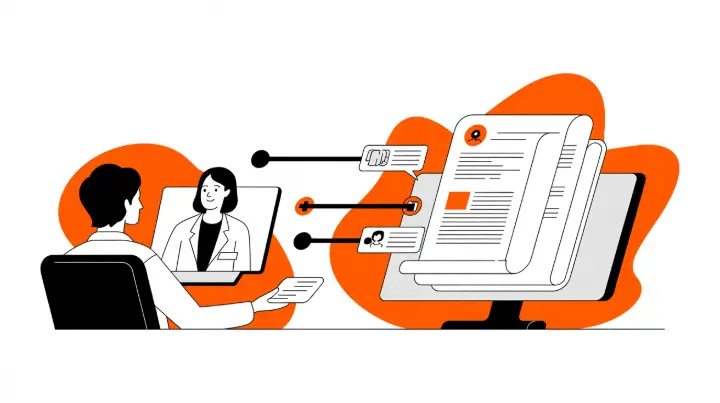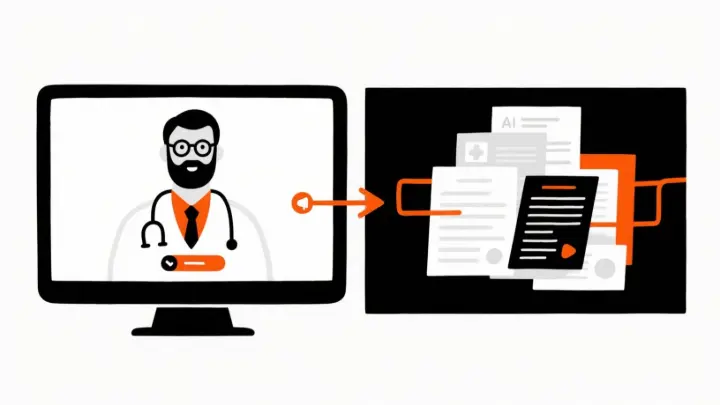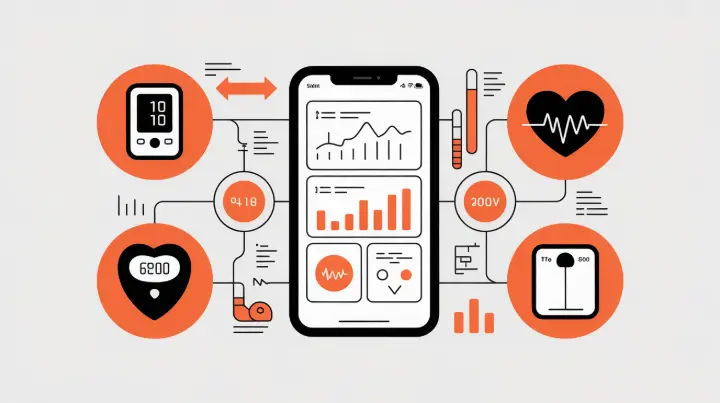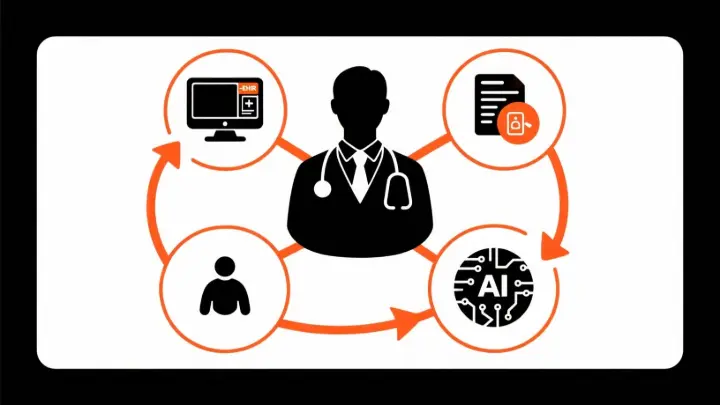Rural Australians face significant healthcare access challenges due to distance, workforce shortages, and limited facilities. While telehealth has helped bridge gaps, clinicians still struggle with documentation overload and administrative burden. Generative AI offers practical solutions by amplifying clinician capacity, not replacing clinical judgment.
Understanding Rural Telehealth Constraints
Telehealth consultations via video or phone limit physical examination capabilities. Clinicians rely heavily on patient history, visual assessment, and clear communication for diagnostic decisions. AI cannot replace this clinical judgment but can handle time-consuming administrative tasks and enhance patient communication.
Practical AI Use Cases for Rural Healthcare
AI-powered scribing tools capture telehealth conversations and generate structured clinical notes in real time. The system listens to consultations, identifies relevant clinical information, and drafts documentation in standard medical formats. Clinicians review and approve notes, saving 5-10 minutes per consultation while maintaining full control.
Clinical Documentation and Scribing
AI-powered scribing tools capture telehealth conversations and generate structured clinical notes in real time. The system listens to consultations, identifies relevant clinical information, and drafts documentation in standard medical formats. Clinicians review and approve notes, saving 5-10 minutes per consultation while maintaining full control.

During a diabetes management consultation, the AI captures symptoms, medication changes, and follow-up instructions, structuring them into progress notes and care plans. The GP reviews and signs off in under two minutes.
Patient Education Materials
AI generates personalized education materials explaining diagnoses, treatments, and self-care instructions in plain language. After consultations, the system creates customized information sheets based on specific conditions discussed, using simple language and relevant images.
A patient newly diagnosed with hypertension receives an AI-generated information pack explaining the condition, prescribed medications, lifestyle modifications, and warning signs. This arrives via email immediately after the consultation, reducing misunderstandings and improving treatment adherence.
Remote Patient Monitoring Summarization
Chronic disease patients using monitoring devices generate enormous data streams. AI analyzes blood pressure, glucose readings, and vital signs to create concise summaries highlighting clinically significant patterns. Instead of reviewing hundreds of readings, clinicians receive intelligent summaries flagging concerning trends.
For a heart failure patient with daily home monitoring, AI analyzes two weeks of data before follow-up appointments. It identifies gradual weight increase correlated with shortness of breath, flagging early fluid retention so clinicians can proactively adjust treatment.

Consultation Preparation and Triage Support
AI analyzes pre-consultation questionnaires, medical records, and current medications to create briefing documents. These summaries help rural doctors prepare efficiently, highlighting relevant history, potential drug interactions, and evidence-based questions to explore. This reduces cognitive load and ensures more focused, productive consultations.
Critical Limitations to Recognize
Understanding AI's boundaries is essential for safe, effective implementation. These limitations are particularly important in rural settings where patients have complex needs and limited access to follow-up care. Recognizing what AI cannot do helps ensure it enhances rather than compromises clinical quality.
Physical Examination Boundaries
AI cannot palpate, auscultate, or assess with the nuance of human touch. Clinicians must recognize when in-person assessment is essential. AI can document when physical examination is needed and facilitate referrals but cannot substitute hands-on evaluation.
Clinical Decisions Remain Human
AI provides information and documentation support but does not make diagnostic or treatment decisions. Final clinical judgment must rest with qualified healthcare professionals who understand patient context, values, and unique circumstances, especially in rural settings with complex social determinants of health.
Connectivity and Data Quality Challenges
Rural internet connectivity issues can interrupt AI scribing, delay processing, or prevent real-time support. Healthcare systems must account for these technical limitations and ensure fallback processes exist when technology fails.
Privacy and Security Requirements
AI systems processing sensitive patient information must comply with Australian privacy regulations and maintain data security. Patients have the right to understand when AI supports their care and to opt out if preferred.
Designing Workflows That Reduce Workload
The difference between helpful AI and burdensome technology lies in workflow design. Successful implementations integrate seamlessly into existing processes, prioritize accuracy, and genuinely save time rather than creating new administrative tasks for already stretched rural healthcare teams.
Seamless Integration
Effective AI embeds directly into existing telehealth platforms and electronic health records. Clinicians should experience AI as seamless enhancement, not additional tasks requiring separate logins or manual uploads.

AI scribing should activate automatically when consultations begin, with generated notes flowing directly into the EHR without copying between systems.
Prioritize Accuracy
AI-generated content must be highly accurate to save time. If corrections take longer than manual documentation, the technology creates burden rather than relief. Use AI systems trained on Australian medical terminology and rural health contexts with structured review interfaces allowing quick approval and easy editing.
Progressive Implementation Strategy
Start with one high-value use case, demonstrate success, gather feedback, then expand. Clinical documentation often provides the best starting point with immediate, measurable time savings and minimal workflow changes.
Begin with AI scribing for three months, measuring time savings and satisfaction. Once embedded, introduce patient education materials, then add remote monitoring summarization for chronic disease management.
Adequate Training and Support
Rural healthcare staff need training on technical operation and workflow optimization. Ongoing support is essential, especially during early implementation. AI vendors must provide accessible, responsive assistance for practices lacking dedicated IT support.
Patient-Centered Communication
Patients should understand when AI assists with care and perceive it as adding value. Explain how AI helps doctors spend more time on clinical care rather than paperwork. Ensure AI-generated materials are genuinely helpful, not generic or confusing.
Clinicians might say during consultations, "I'm using an AI assistant for note-taking so I can focus fully on our conversation." Follow-up messages can explain personalized information was prepared specifically based on their discussion.
Measure Meaningful Outcomes
Track time saved per consultation, clinician satisfaction, documentation completeness, patient understanding of care plans, and reduction in after-hours administrative work. Avoid vanity metrics without measuring whether outputs improve care quality or reduce workload.

Moving Forward
Generative AI offers significant opportunities to address rural healthcare workforce challenges. By handling documentation, organizing information, and supporting patient communication, AI helps fewer clinicians serve more patients without sacrificing quality.
Success requires thoughtful implementation respecting clinical expertise, acknowledging technological limitations, and genuinely reducing rather than shifting workload. The goal is not autonomous systems but giving rural clinicians precious time and energy to invest in patient care with attention, expertise, and compassion.